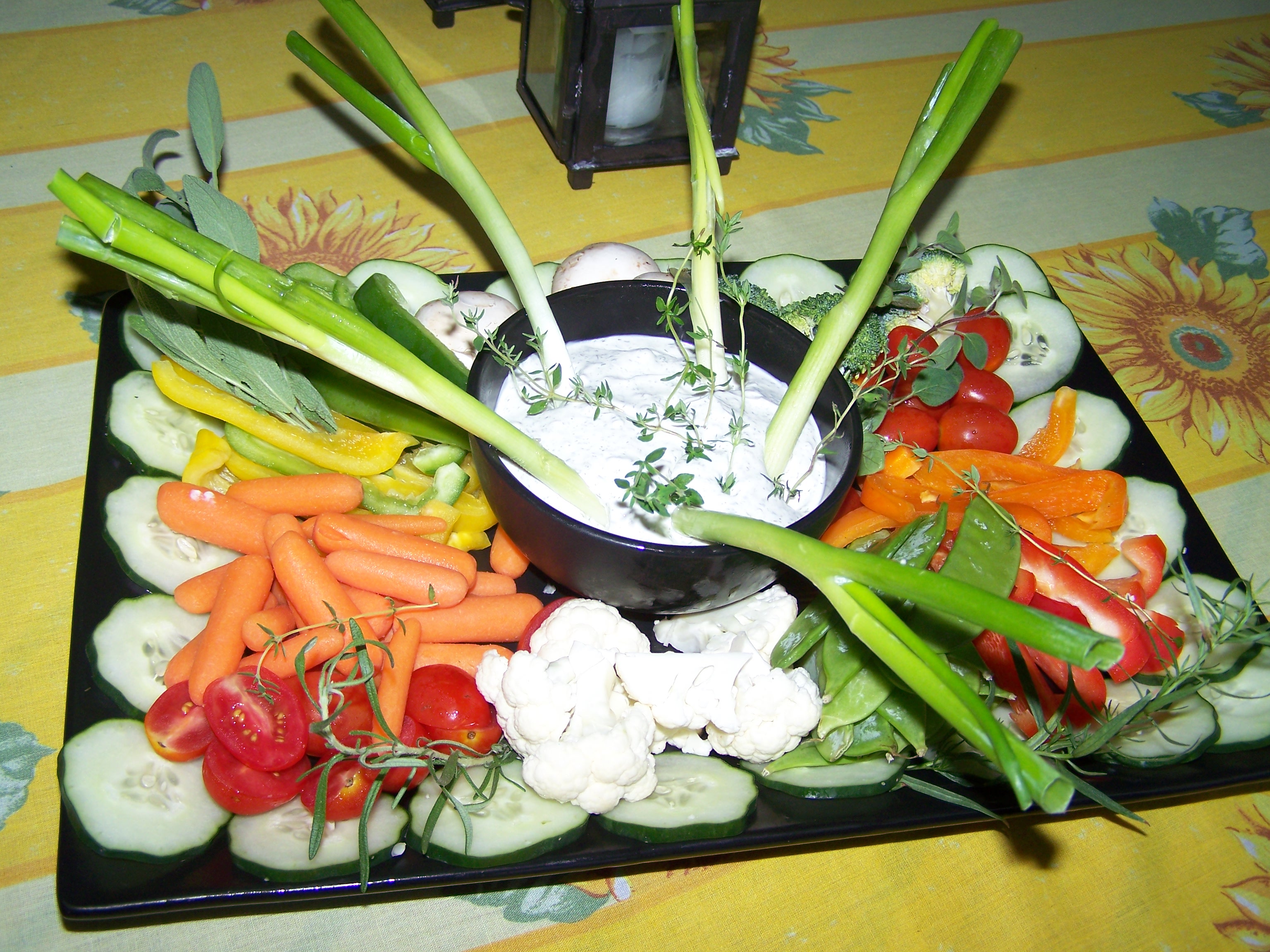Amazing Waves of Grain…
You know all about whole grains, right? Brown rice, whole wheat bread AND oatmeal fit the bill. But…what else is out there that can pump up both the variety and the nutrition of the grains you, and prednisone without a doctors prescription your family, choose? Try out the hottest trends in the grain family: quinoa, amaranth and spelt.
Quinoa: a grain known to come in multiple colors and textures
Quinoa has been cultivated in get xanax online the South American mountainous regions for over 5,000 years as a staple of the native Indian diet. Although considered a grain, quinoa is actually a relative of leafy green vegetables. It is birdseed-shaped and mild-flavored. Use it as a substitute for rice in casseroles, in soups and stews, or as a hot cereal. Unlike all other grains mentioned, quinoa is a high-quality protein source, containing all of the essential amino acids, like protein in animal products. A 1/4 cup of this grain, dry, provides 170 calories, 2.5 g fat, 30 g carbohydrates, 3 g dietary fiber and 7 g protein.
“Quinoa contains 700% more iron than the same serving size of enriched white rice! It’s a protein-rich grain, and a good source of calcium.”
Amaranth: a high-protein grain
Amaranth is technically both a vegetable and a grain (leaves of the plant are the vegetable and the seeds are the grain). It has been cultivated as a vegetable crop by early civilizations over 2,000 years ago, and continues to be used world-wide. However, it didn’t gain support in antabuse order the U.S. until 1975.
Amaranth can be cooked as a cereal, popped like popcorn, sprouted, or toasted and is a good source of protein, calcium and iron. Seeds can be ground into flour for use in baked goods or pasta. Amaranth flour must be mixed with other flours when baking yeast breads (1 part amaranth flour to 3-4 parts other flours) but for non-yeast baked goods (flatbreads and pancakes), you can use 100% amaranth flour. A 1/4 cup, dry, provides 190 calories, 3.5 g fat, 34 grams (g) carbohydrate, 7 g dietary fiber and 8 g protein
Spelt: a zinc-rich slow cooking grain
Spelt, a distant cousin to wheat, has a deep nutlike flavor.
“Interestingly, spelt does not seem to cause sensitivities in most people who are wheat intolerant.”
Spelt is available in flour form and is available in its hulled, whole grain form (referred to as spelt berries), which can be prepared and eaten like rice. Spelt is an excellent source of zinc, vitamin B2 and manganese. Use spelt bread for a hearty sandwich or combine spelt pasta with olives, tomatoes and feta cheese for a quick and easy Mediterranean dish. Be adventurous and add some tasty ‘old’ grains to klonopin and clonazepam your diet! A 1/4 cup, dry, offers 150 calories, 1.5 g fat, 32 g carbohydrates, 4 g dietary fiber and 6 g protein.











